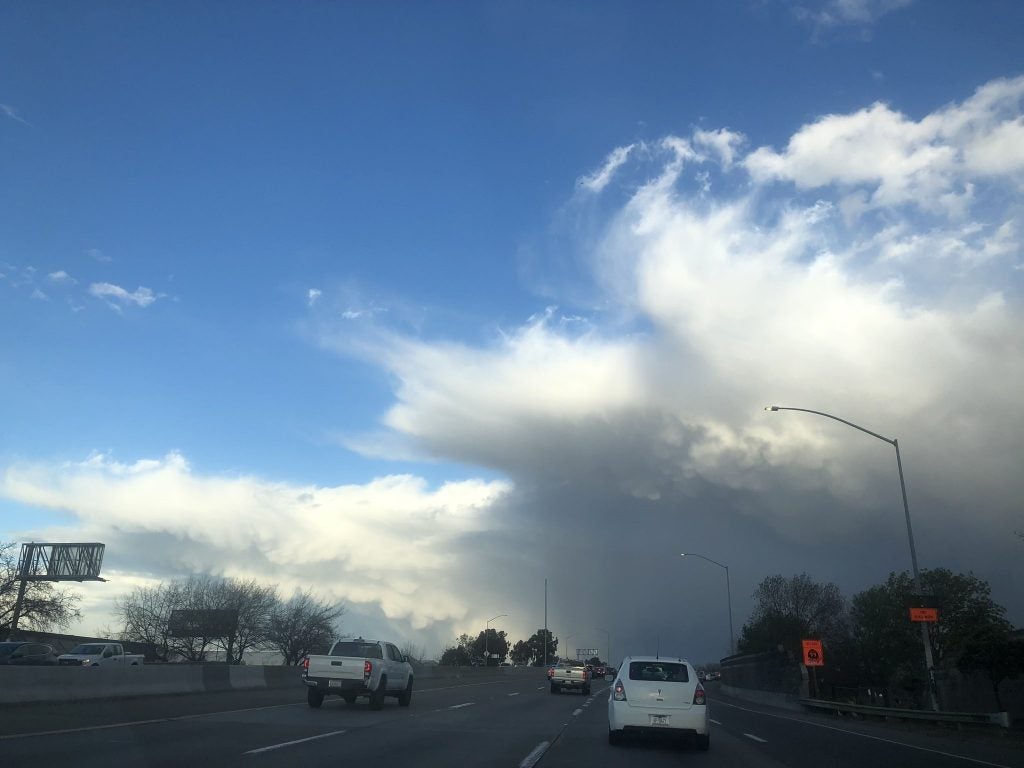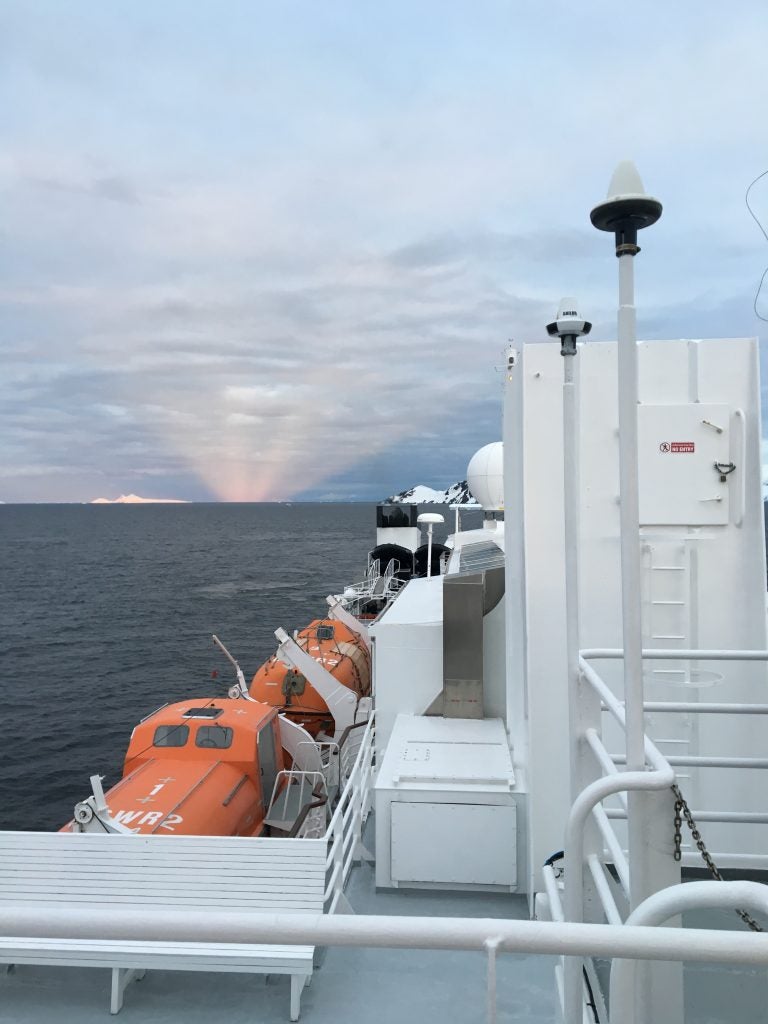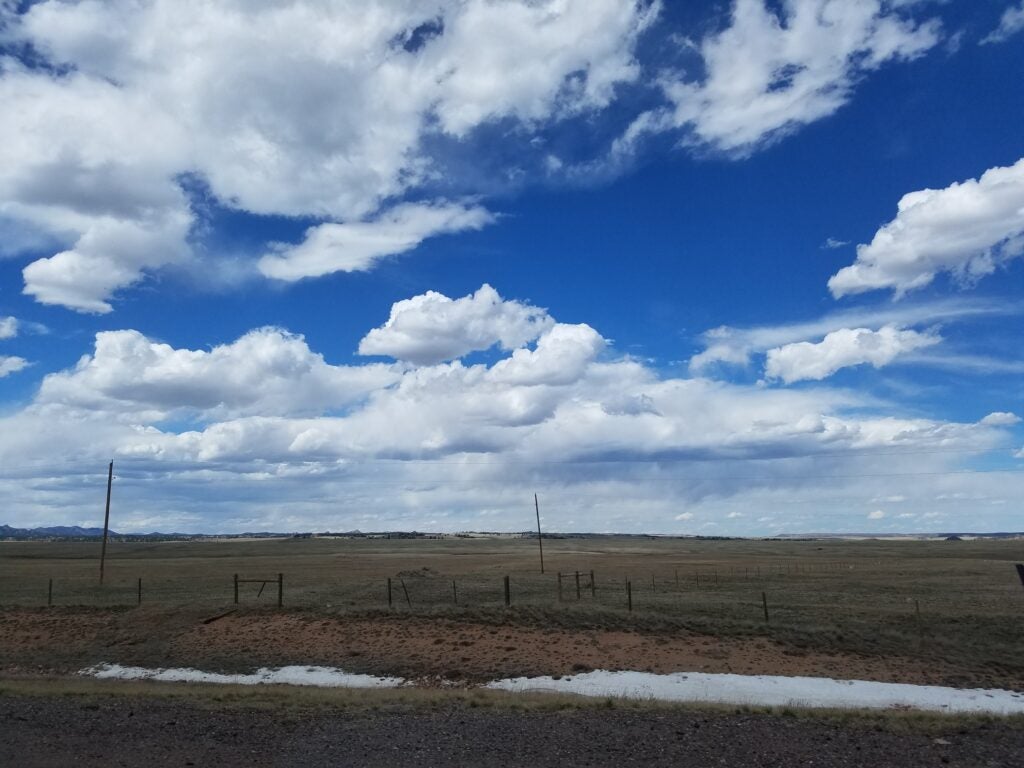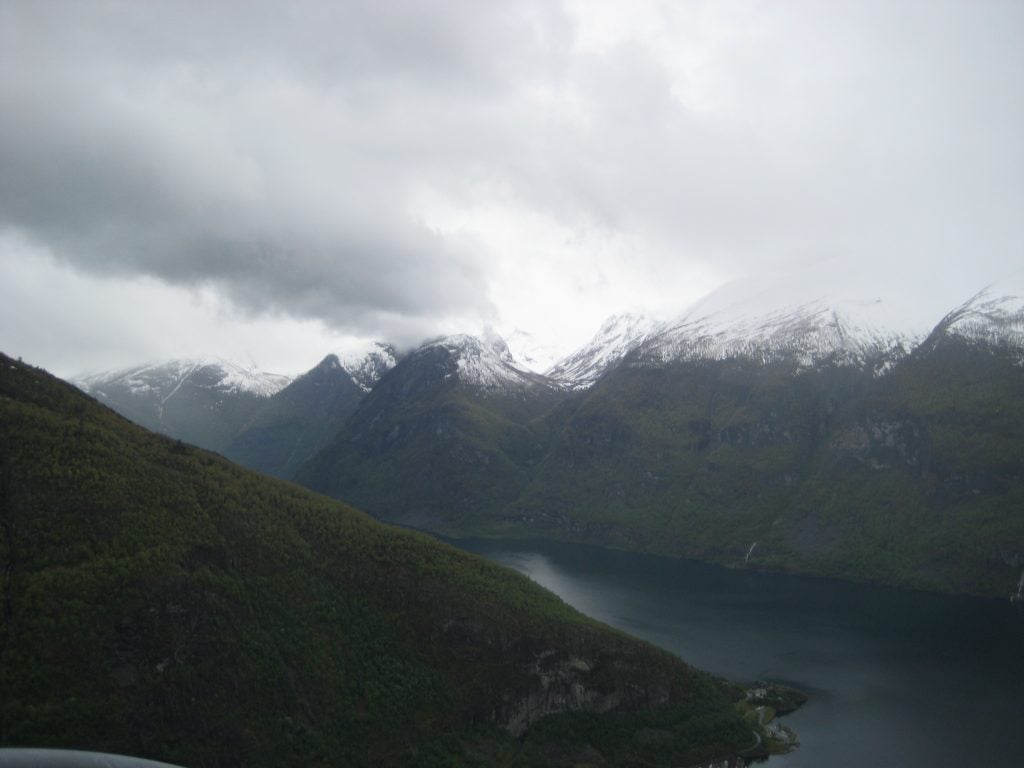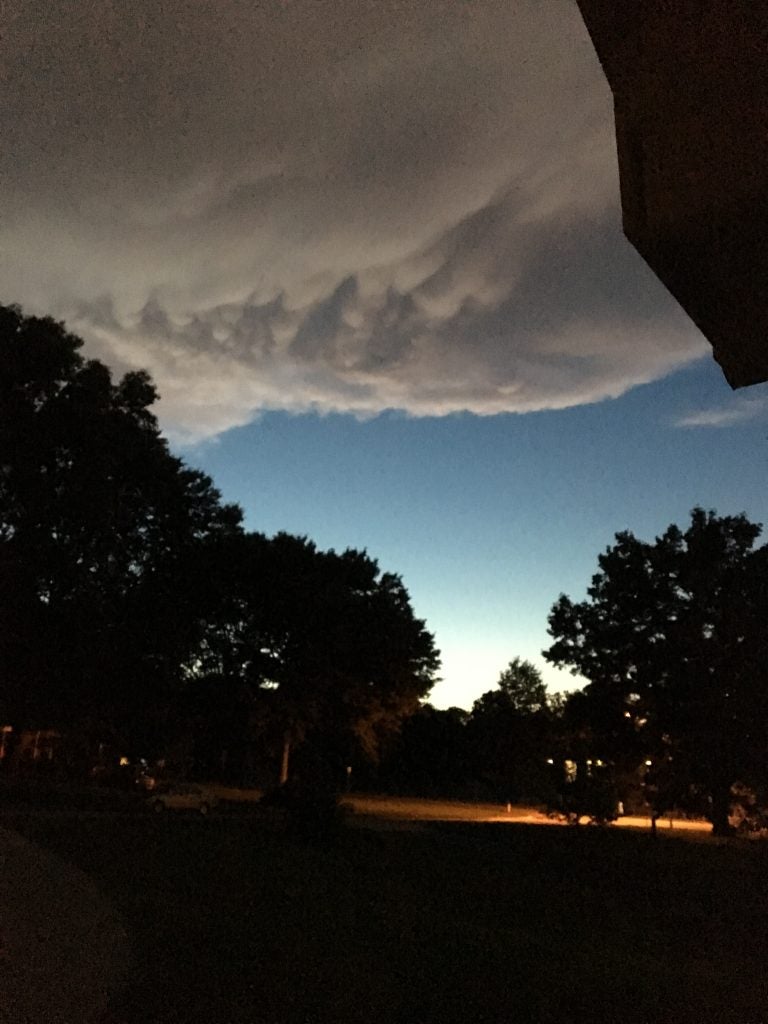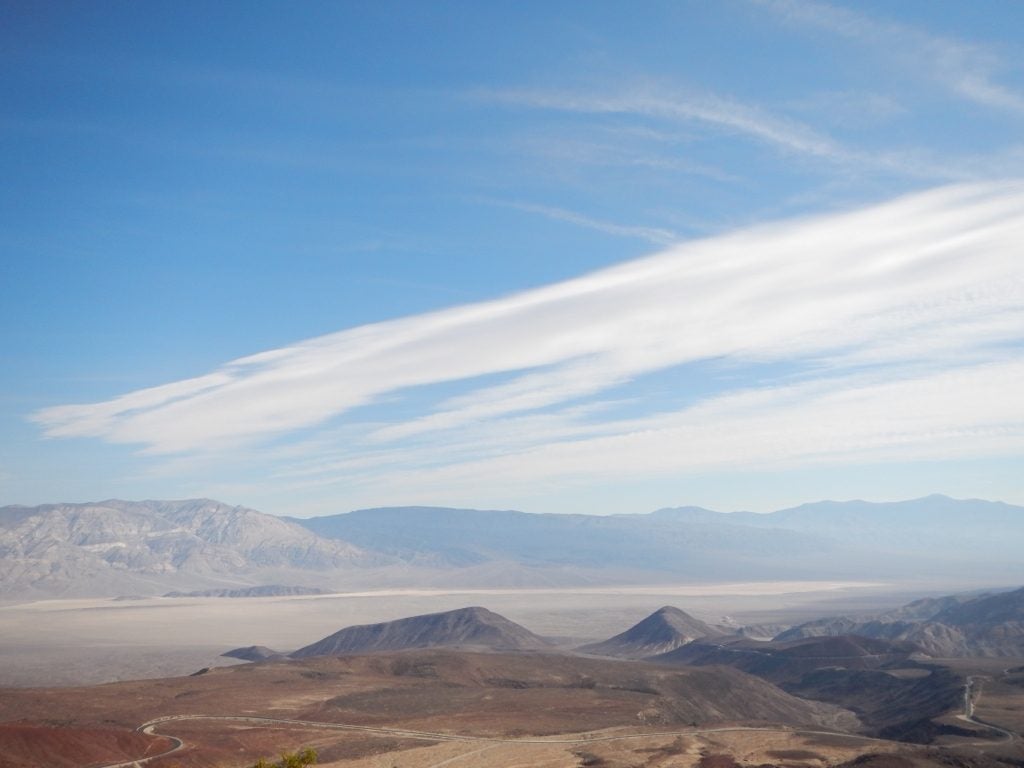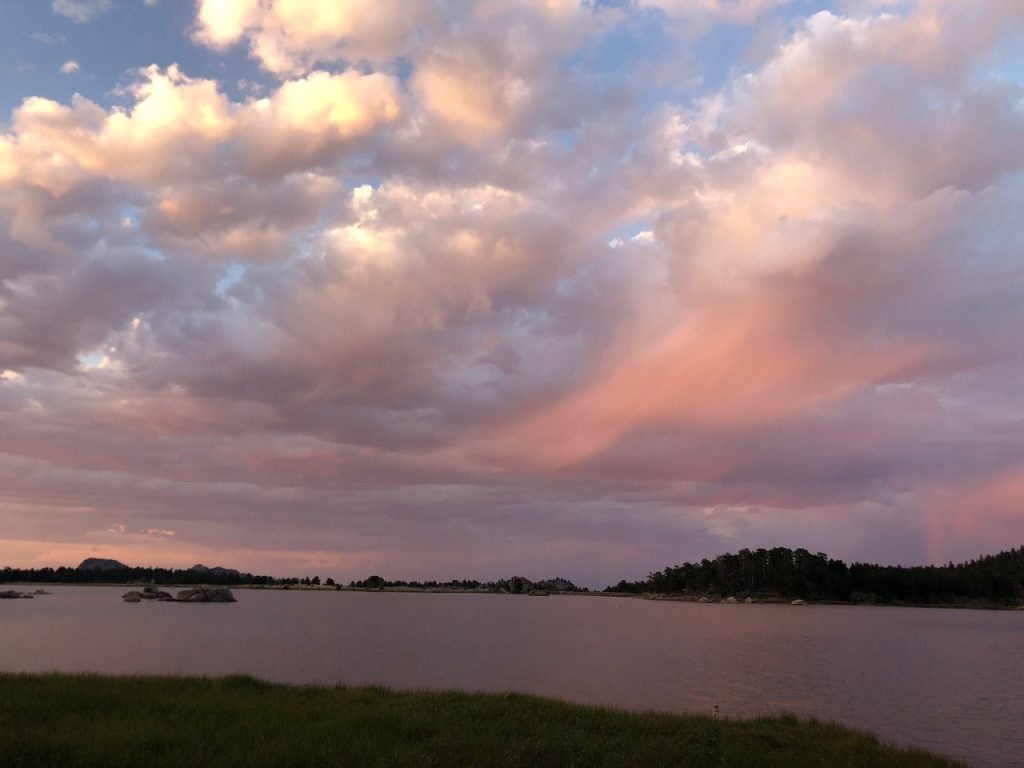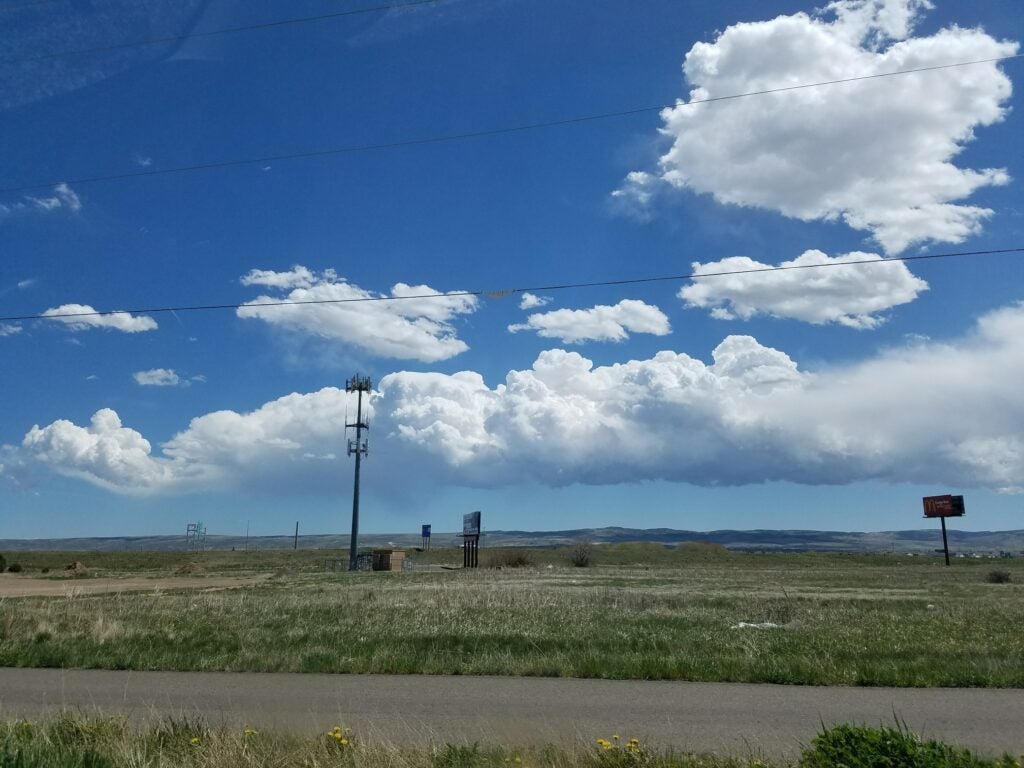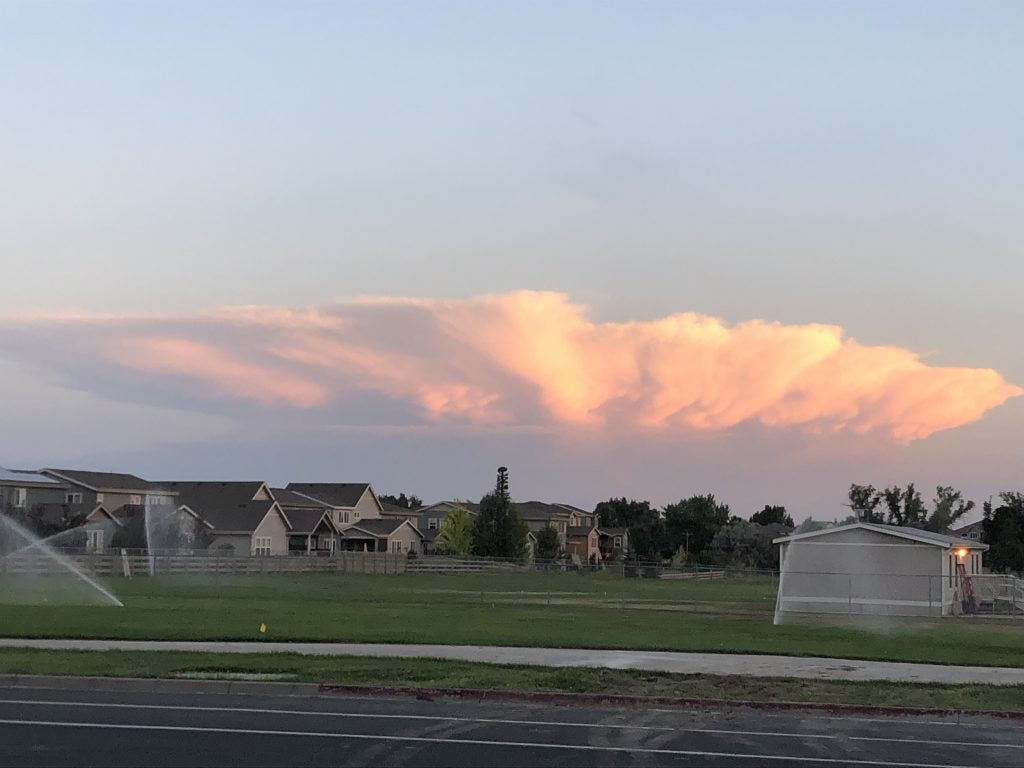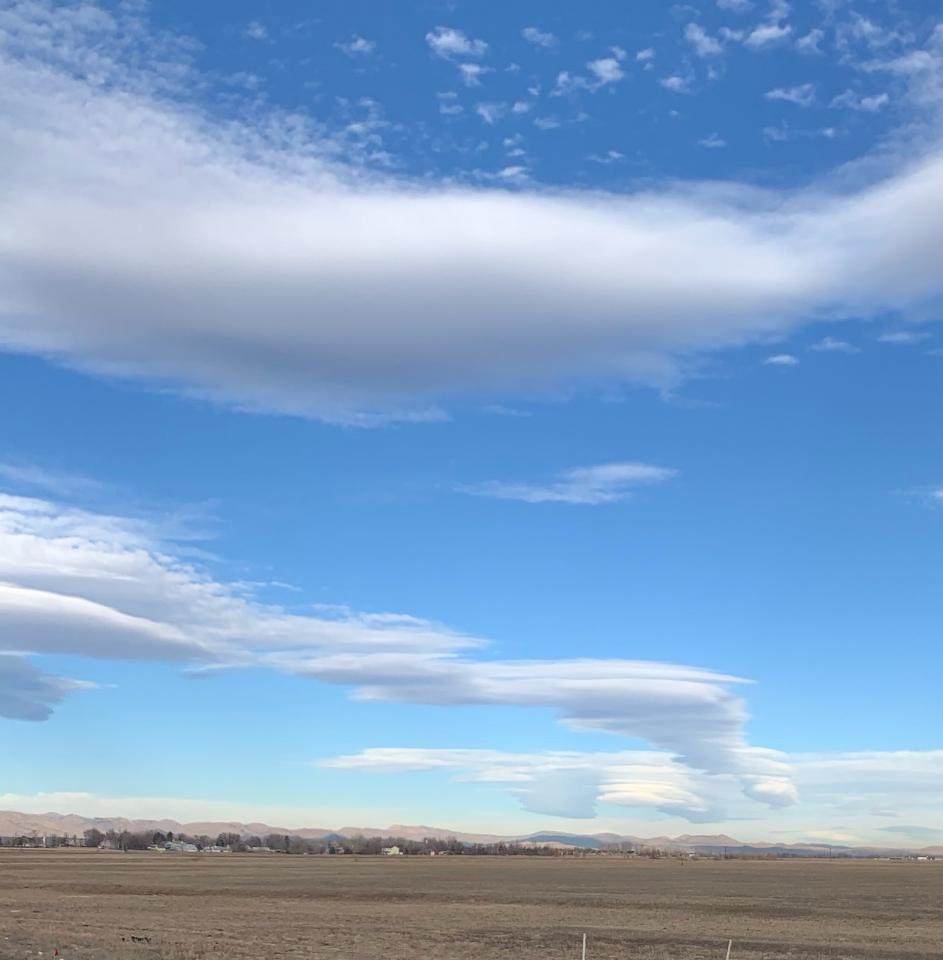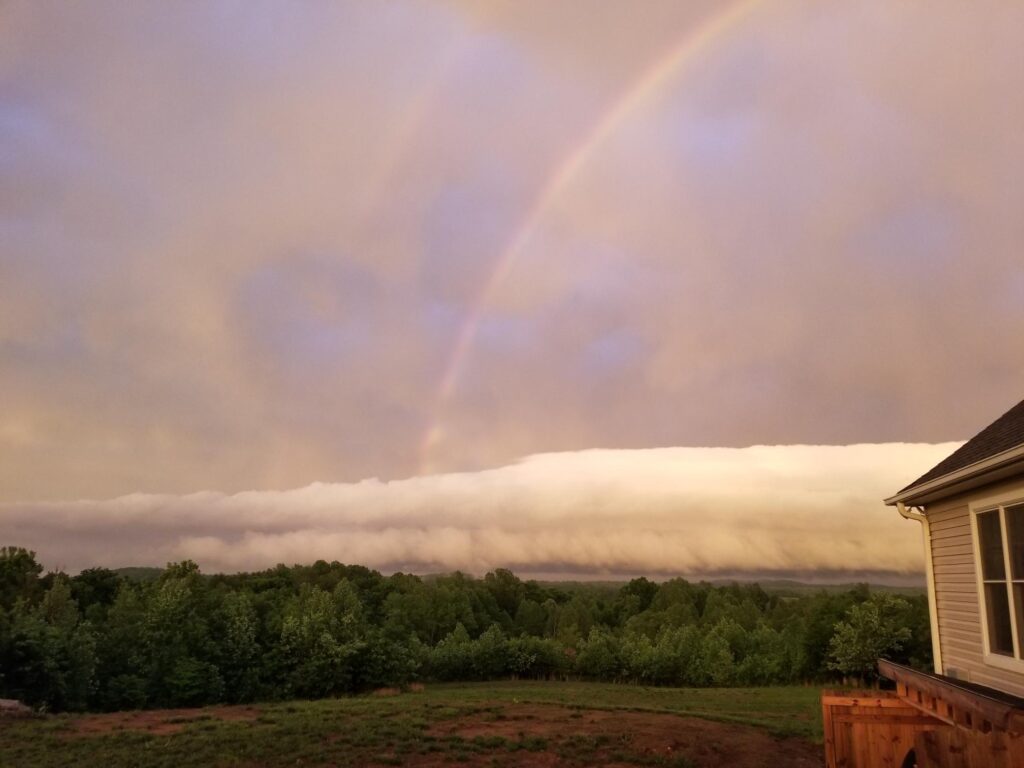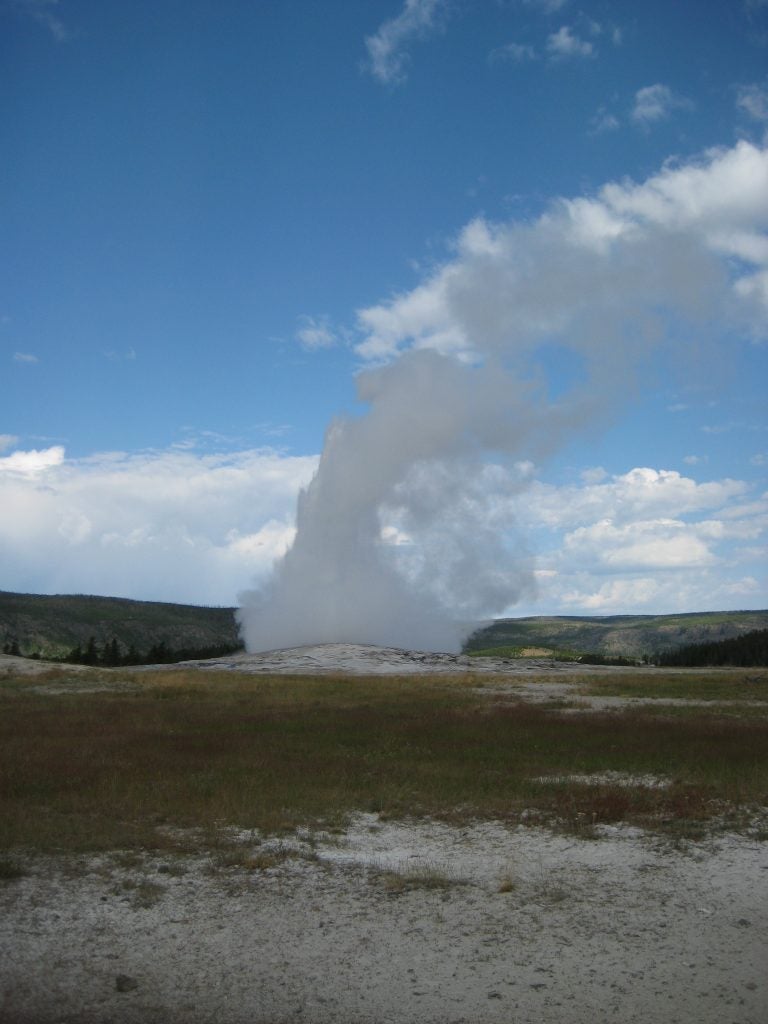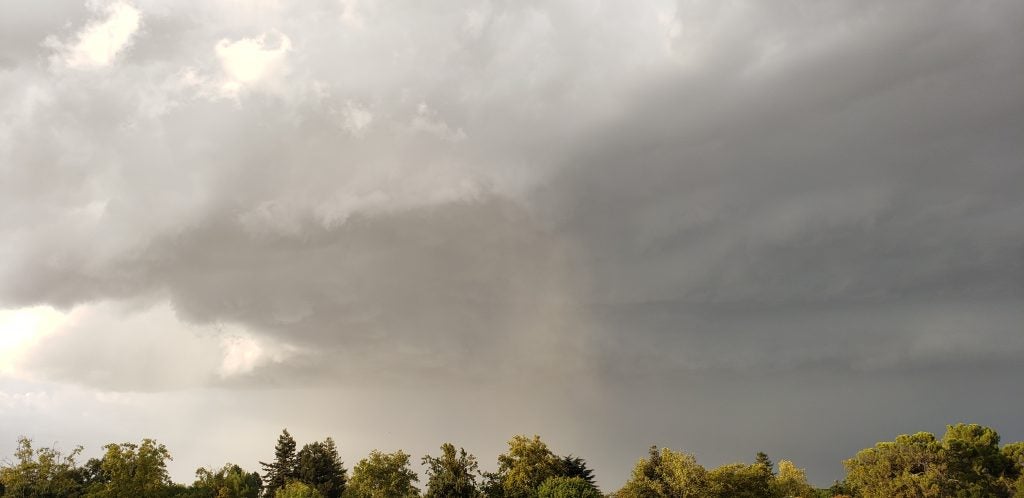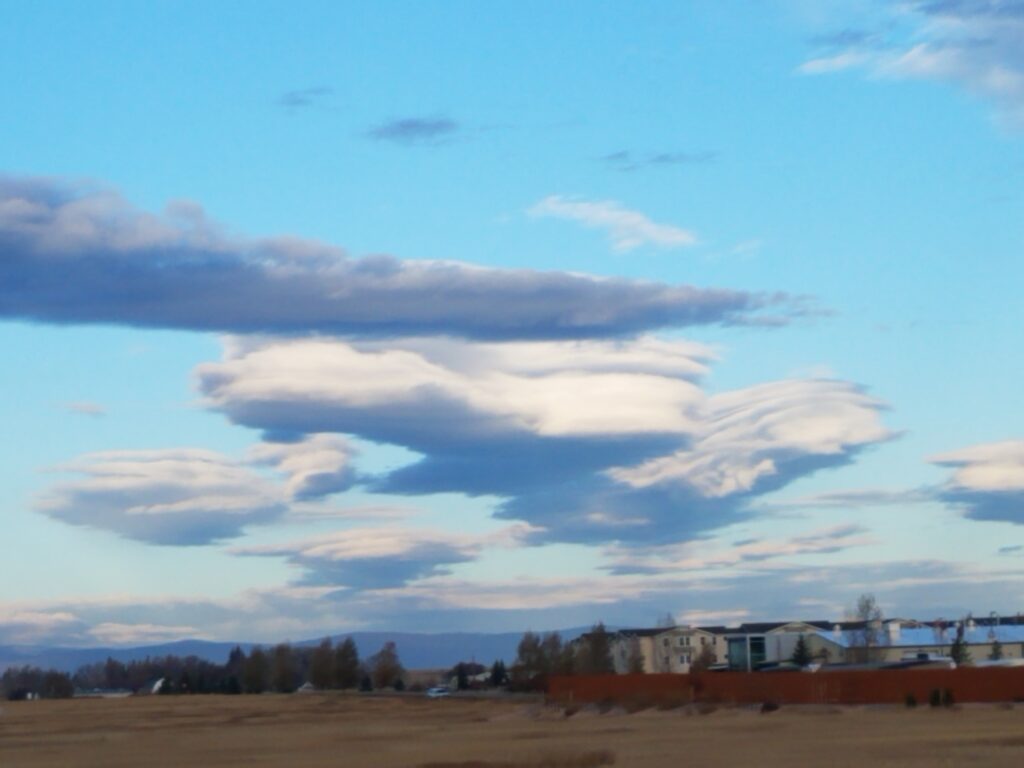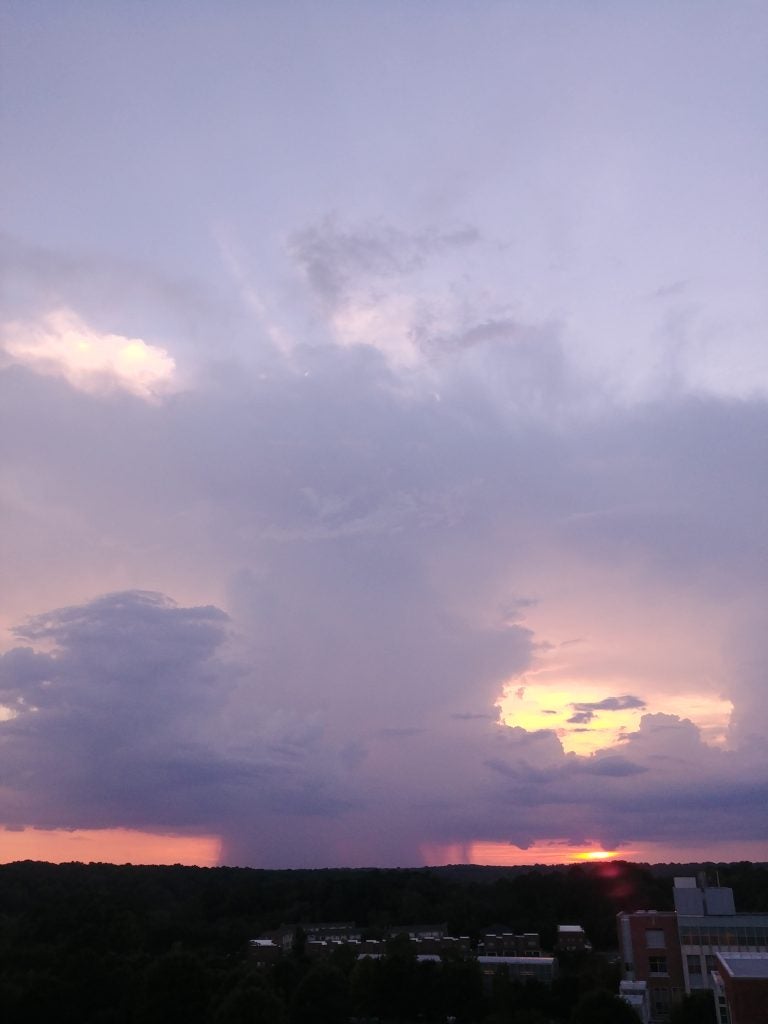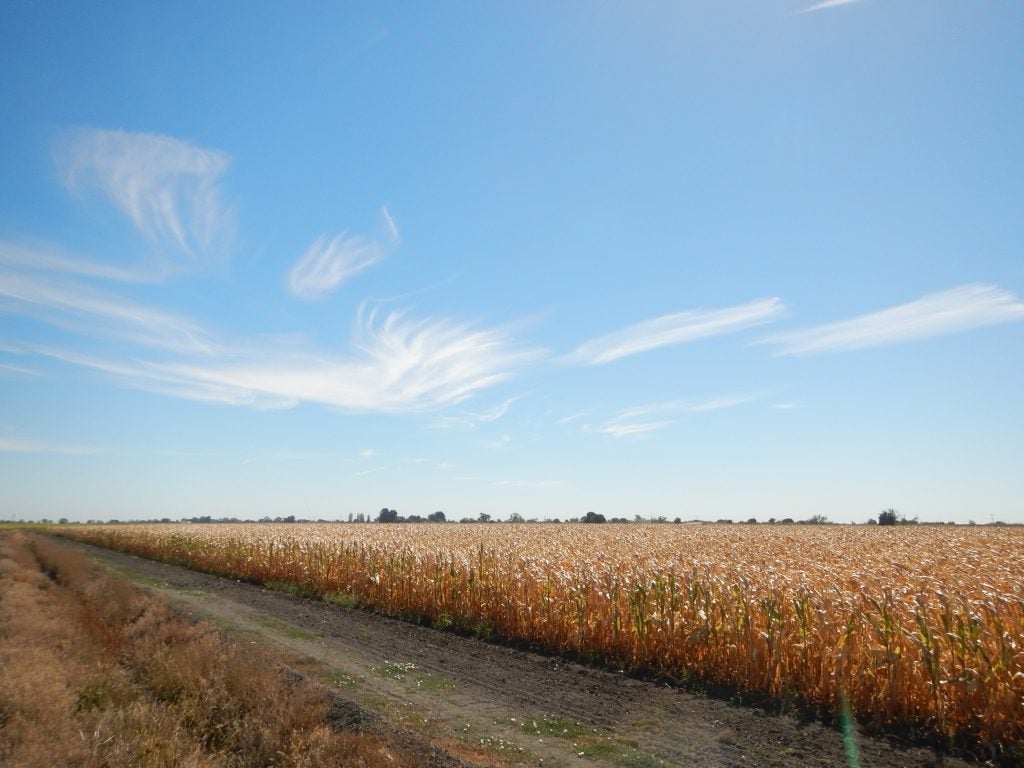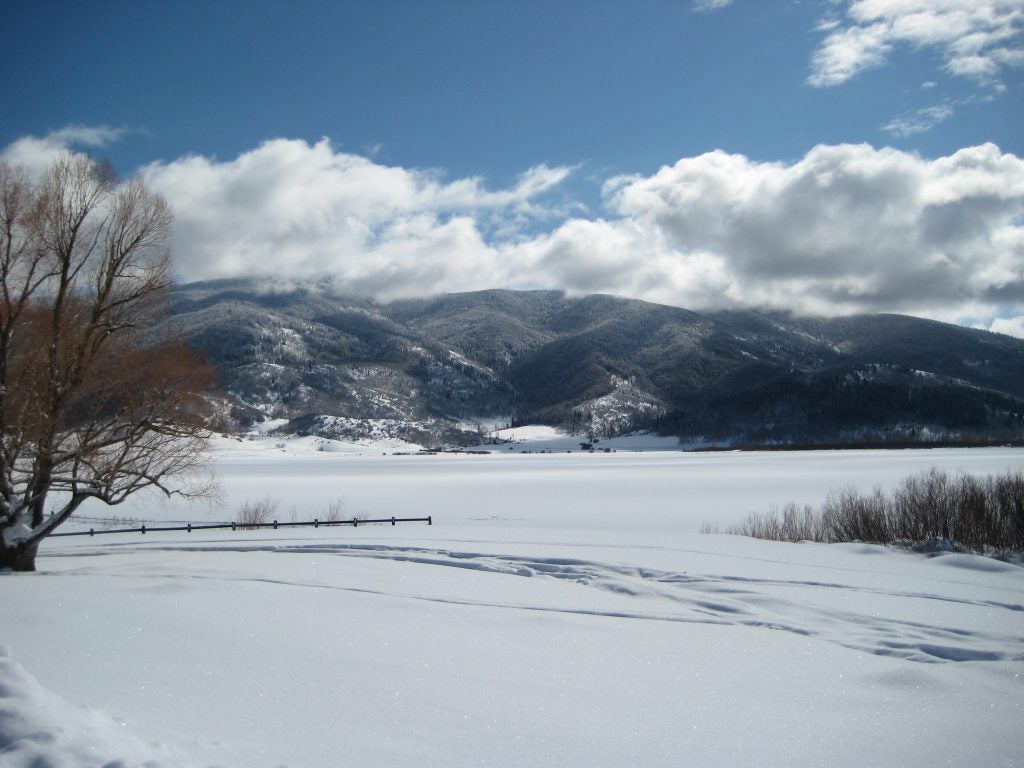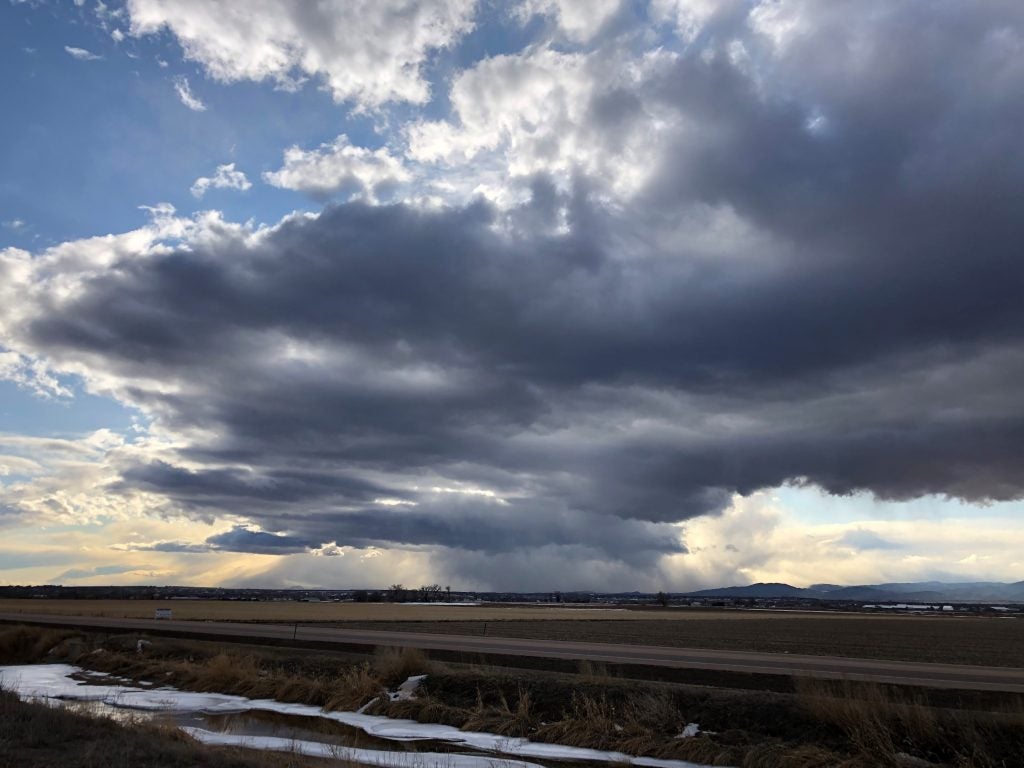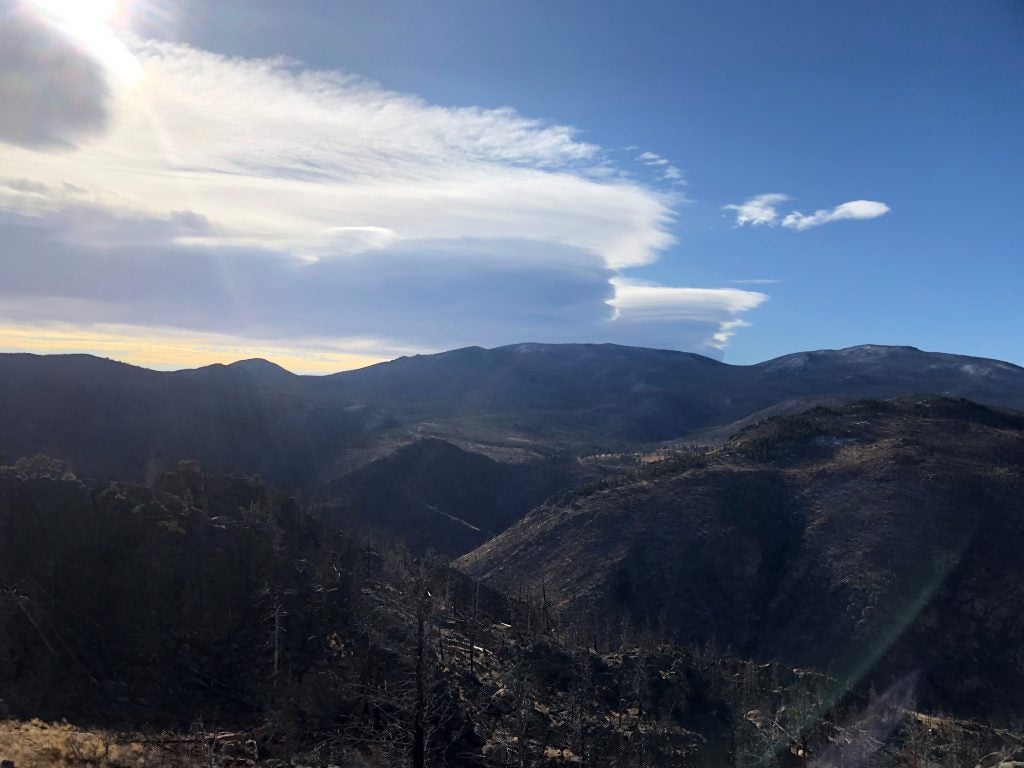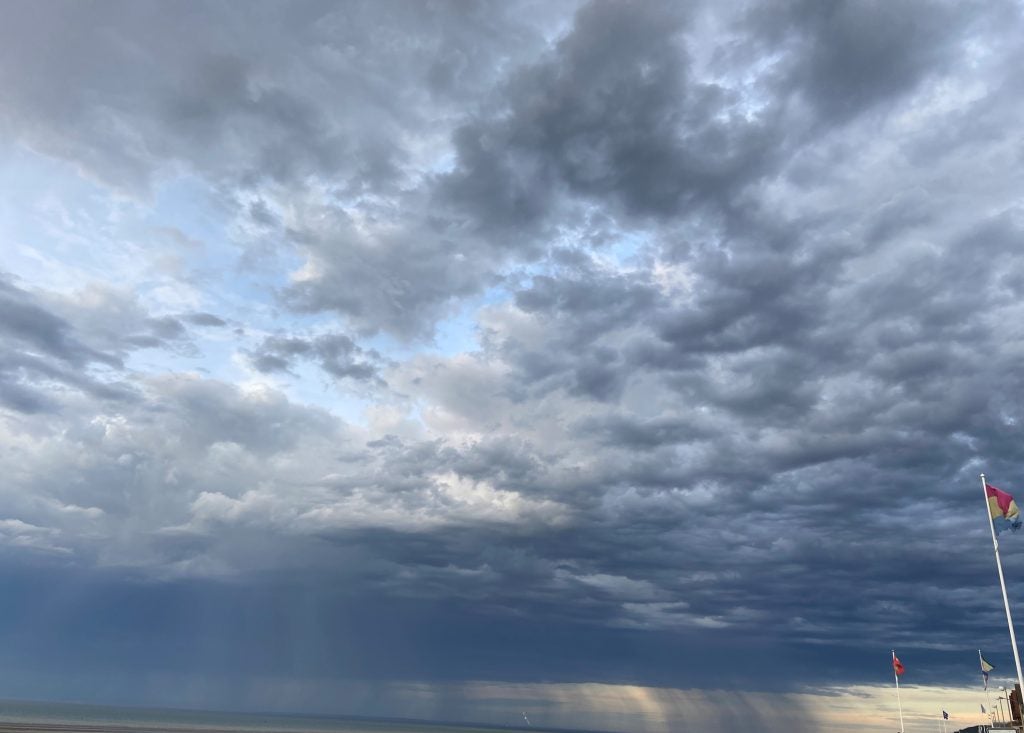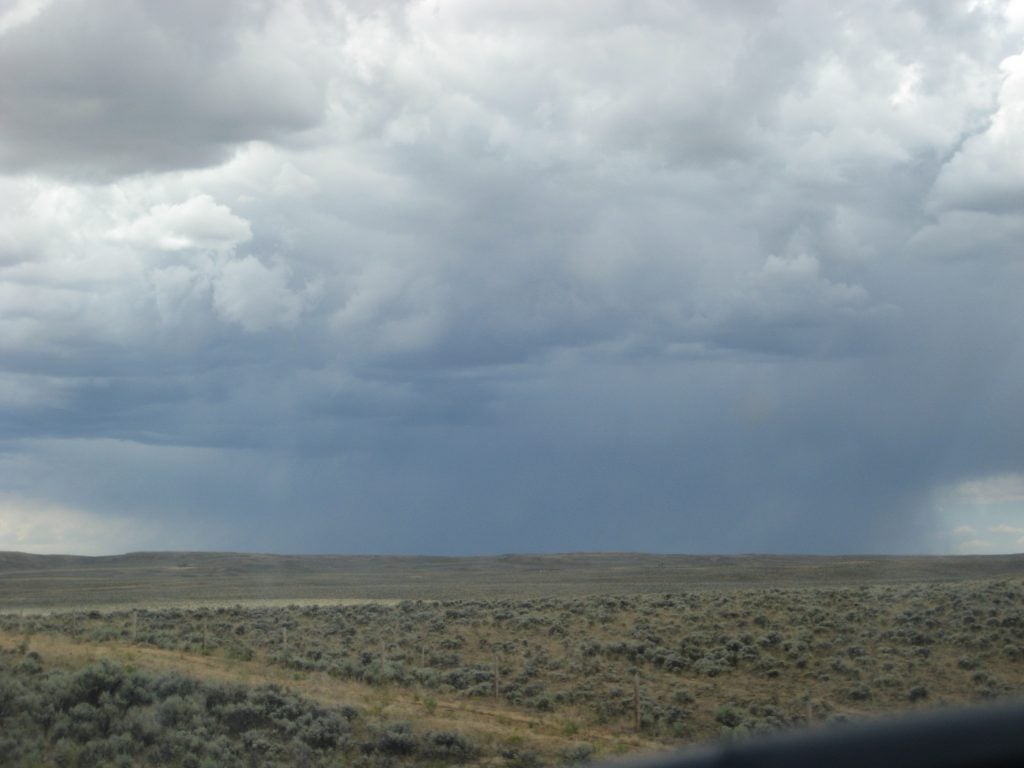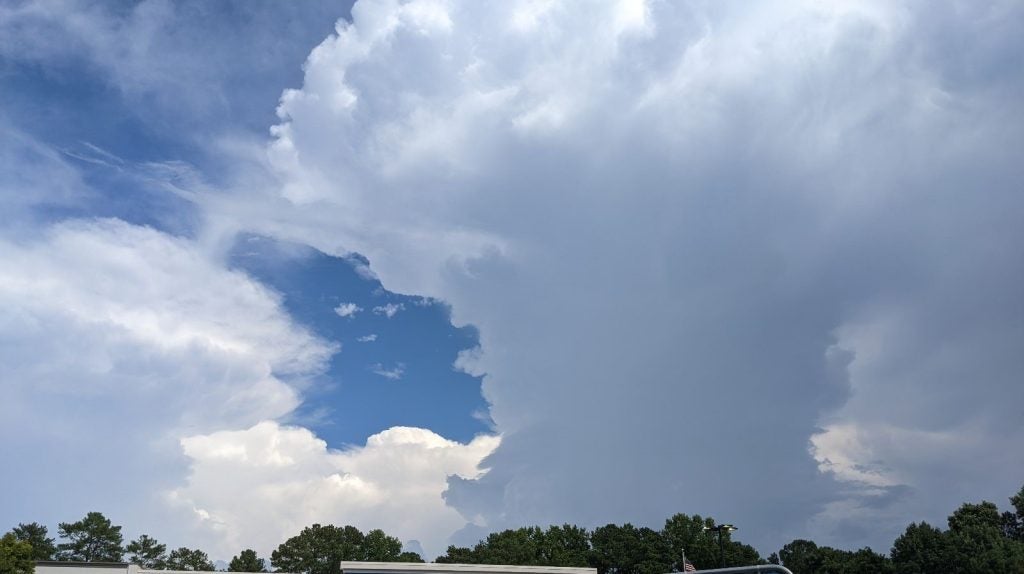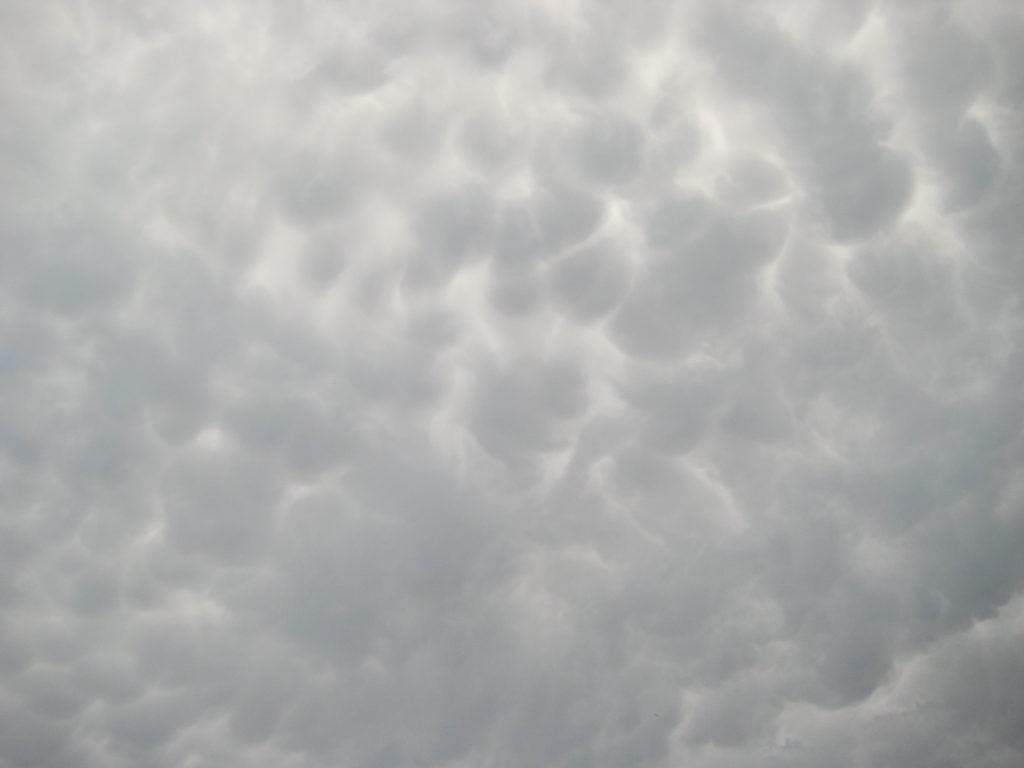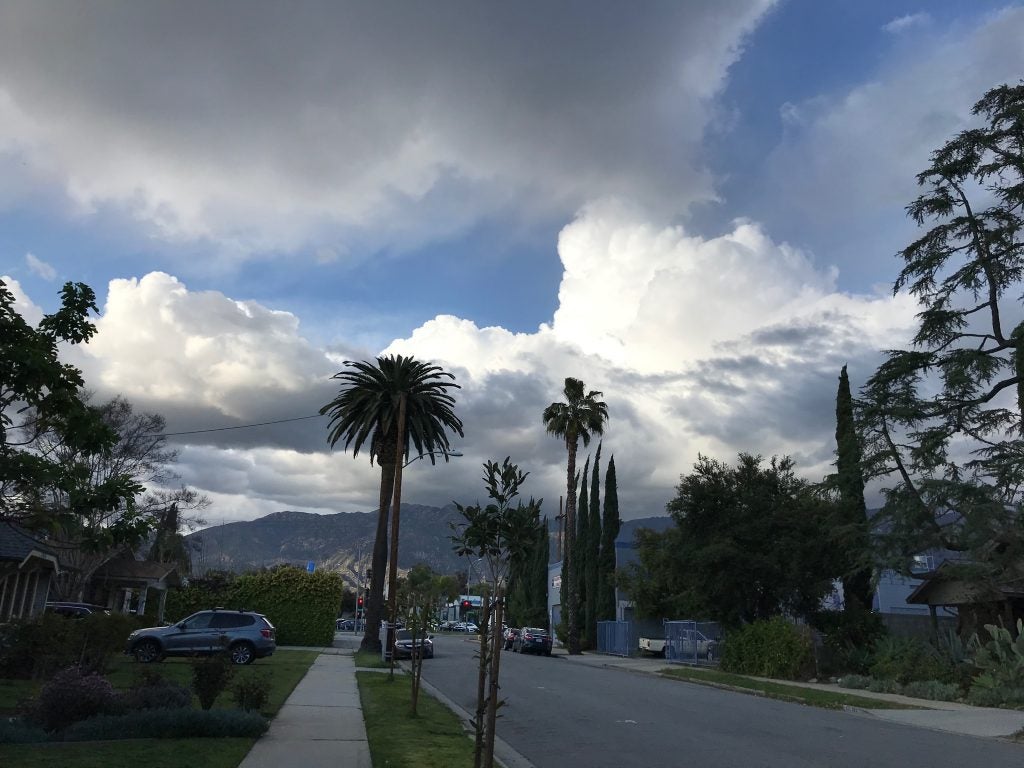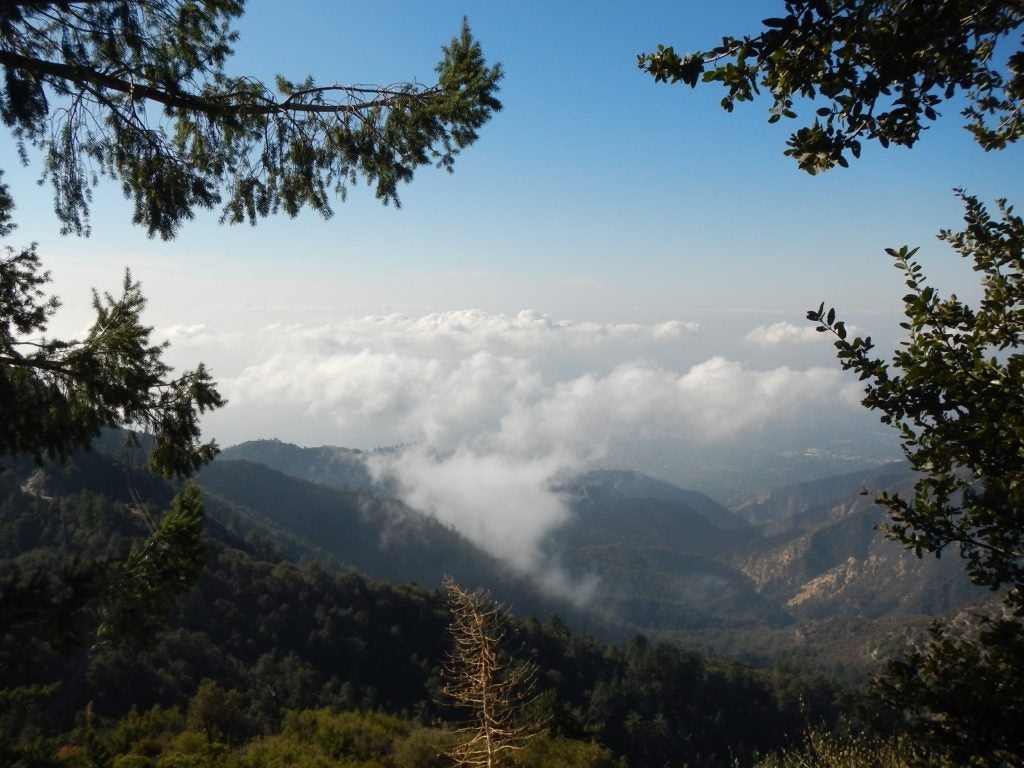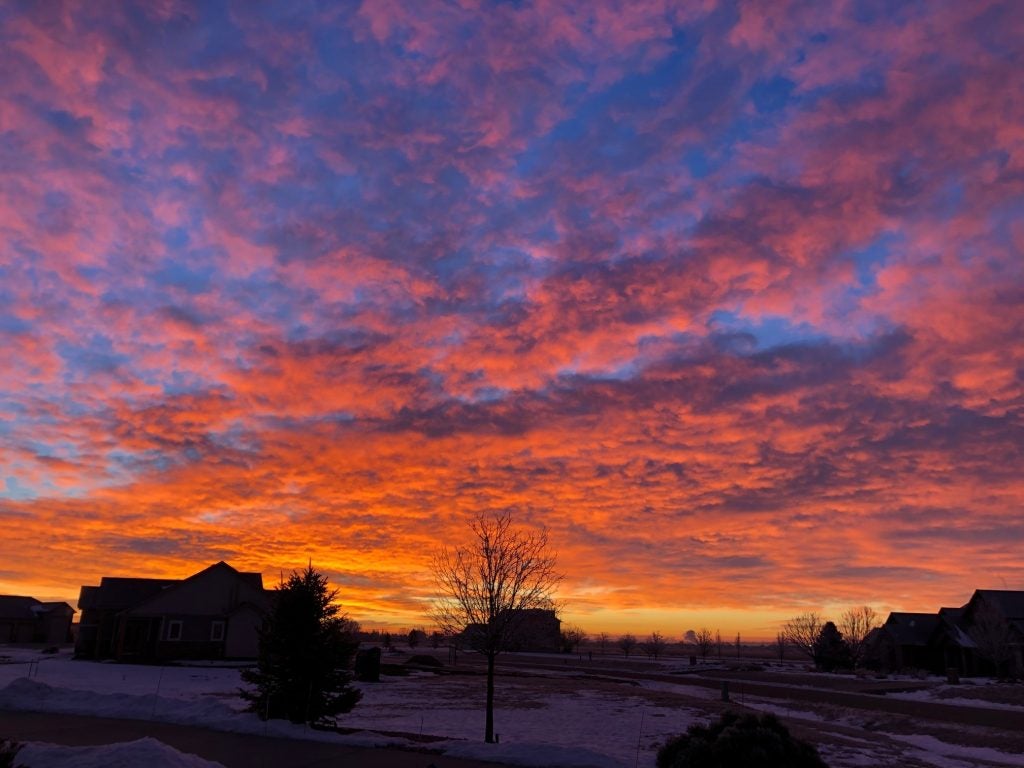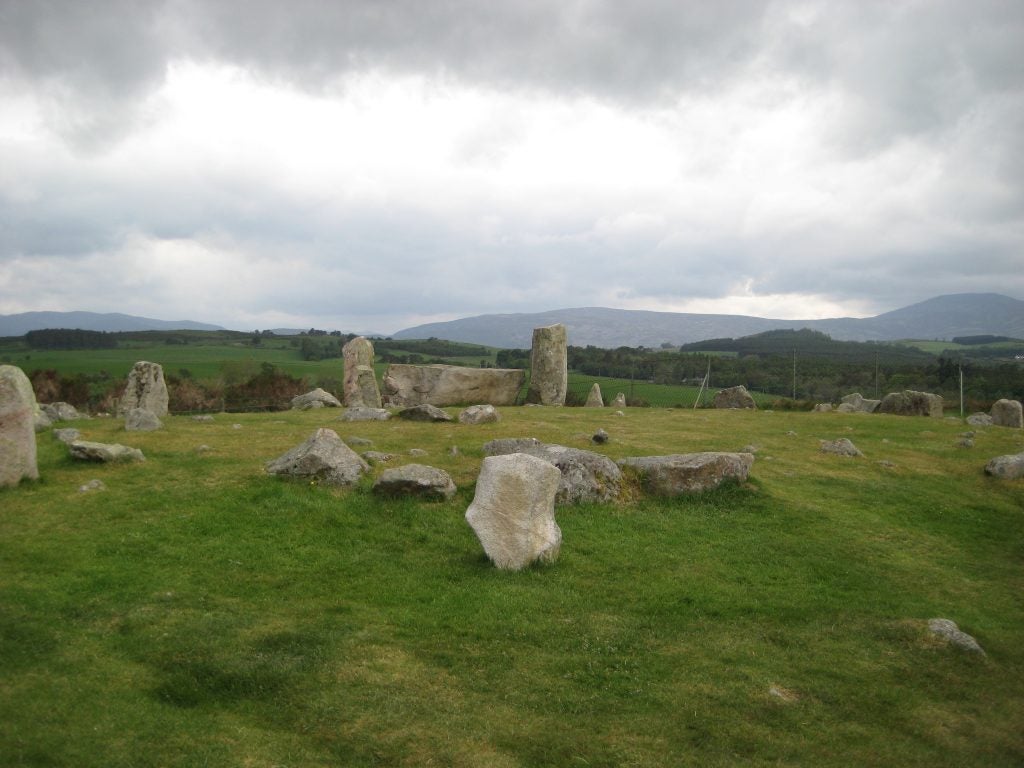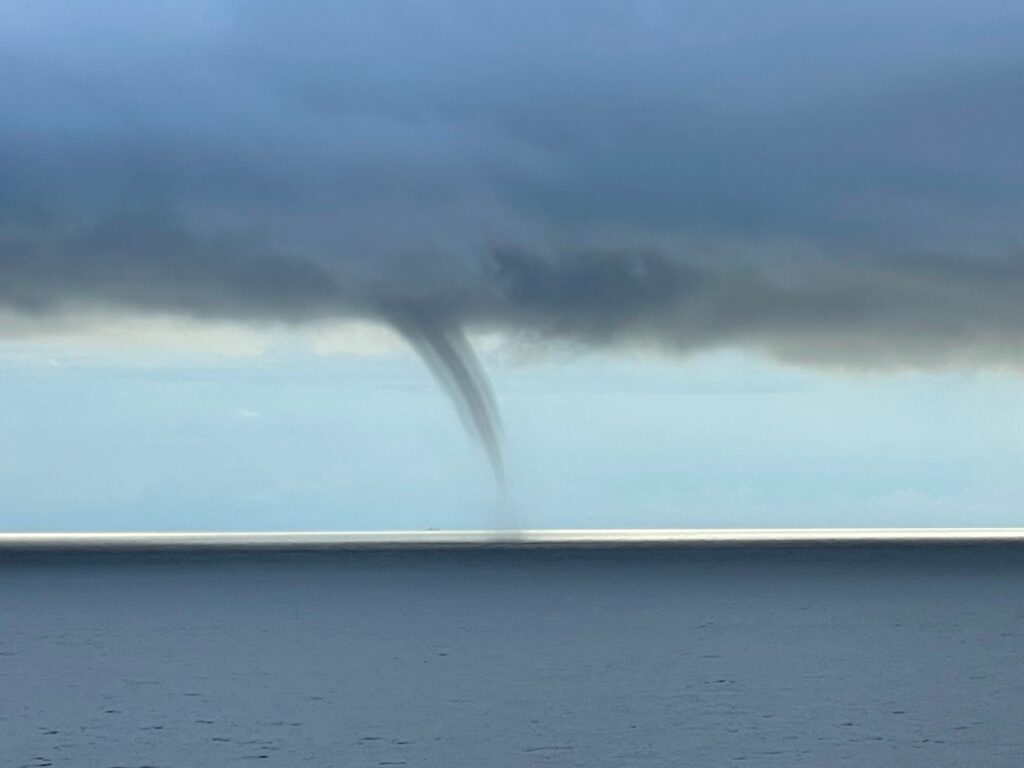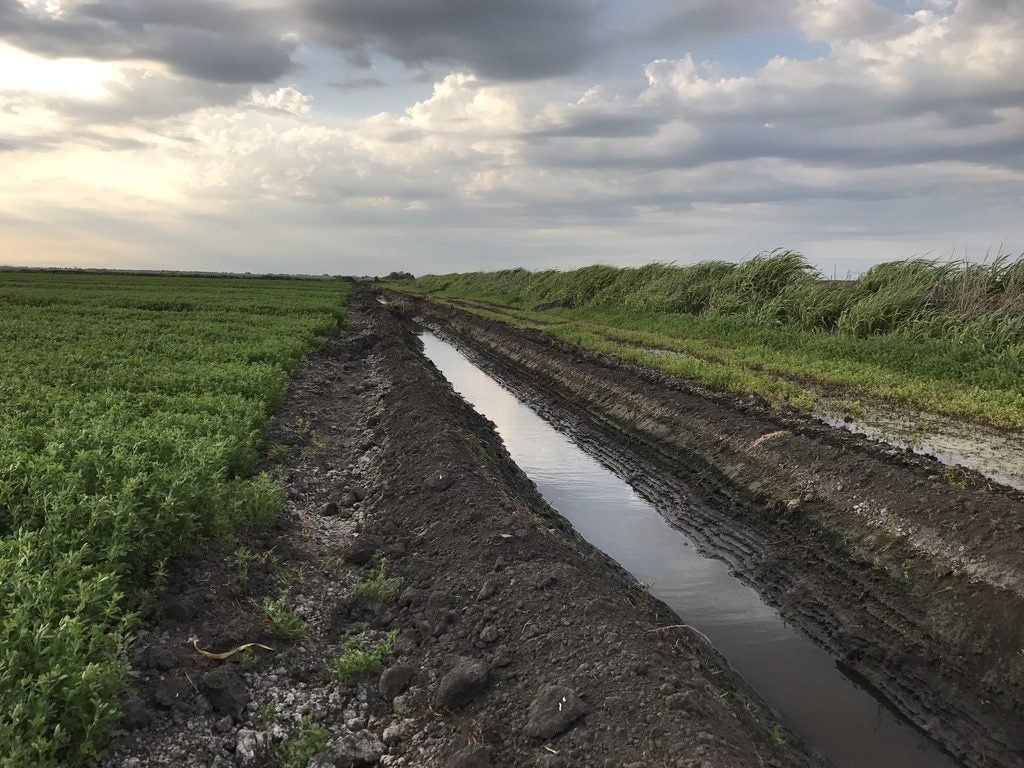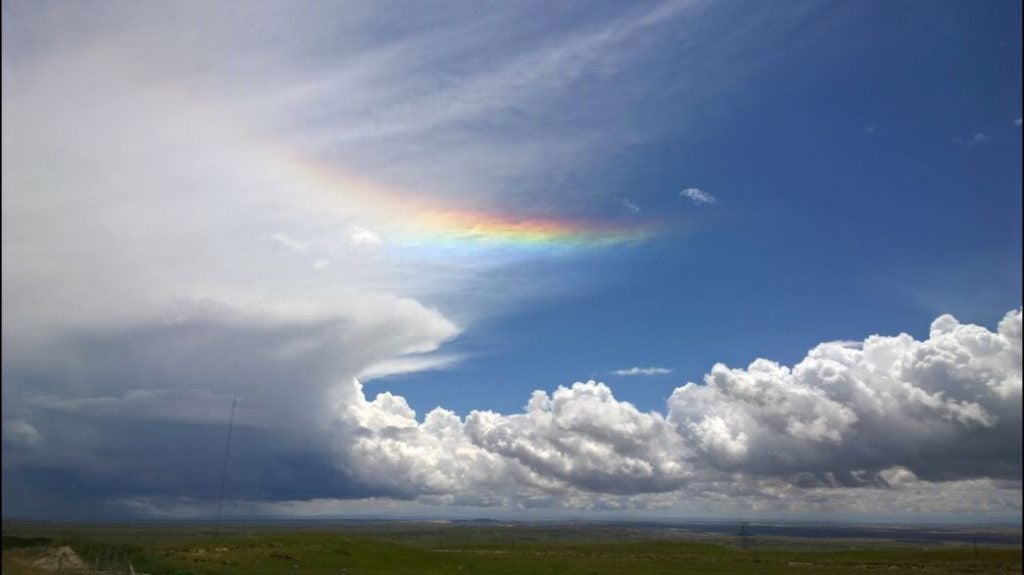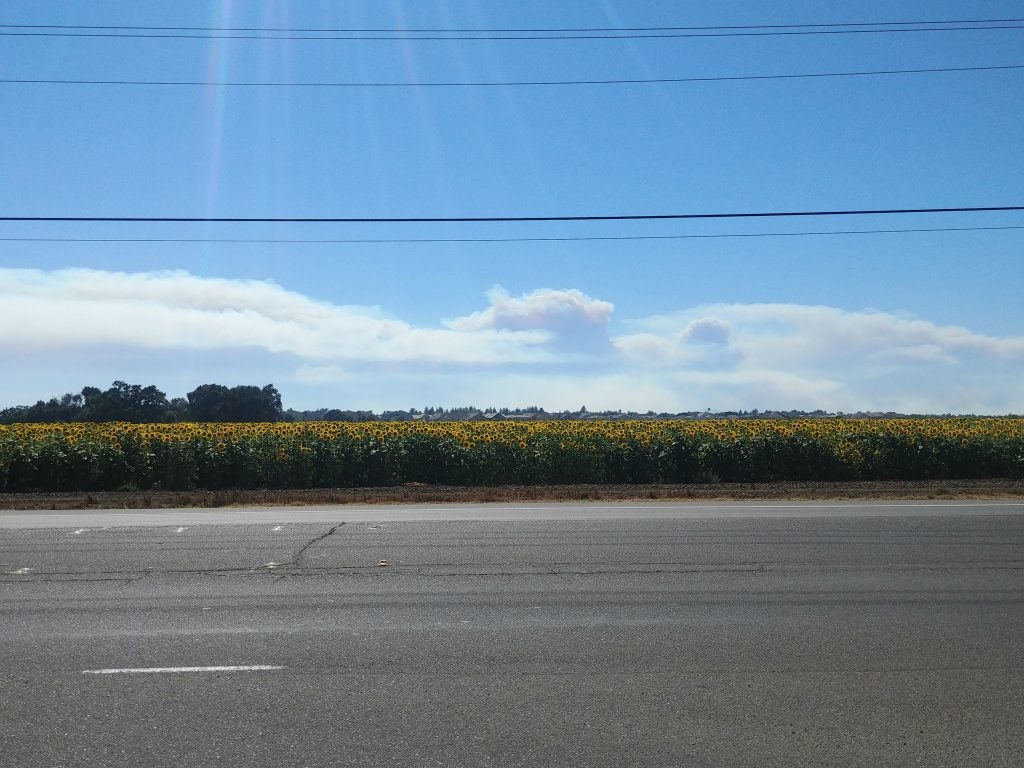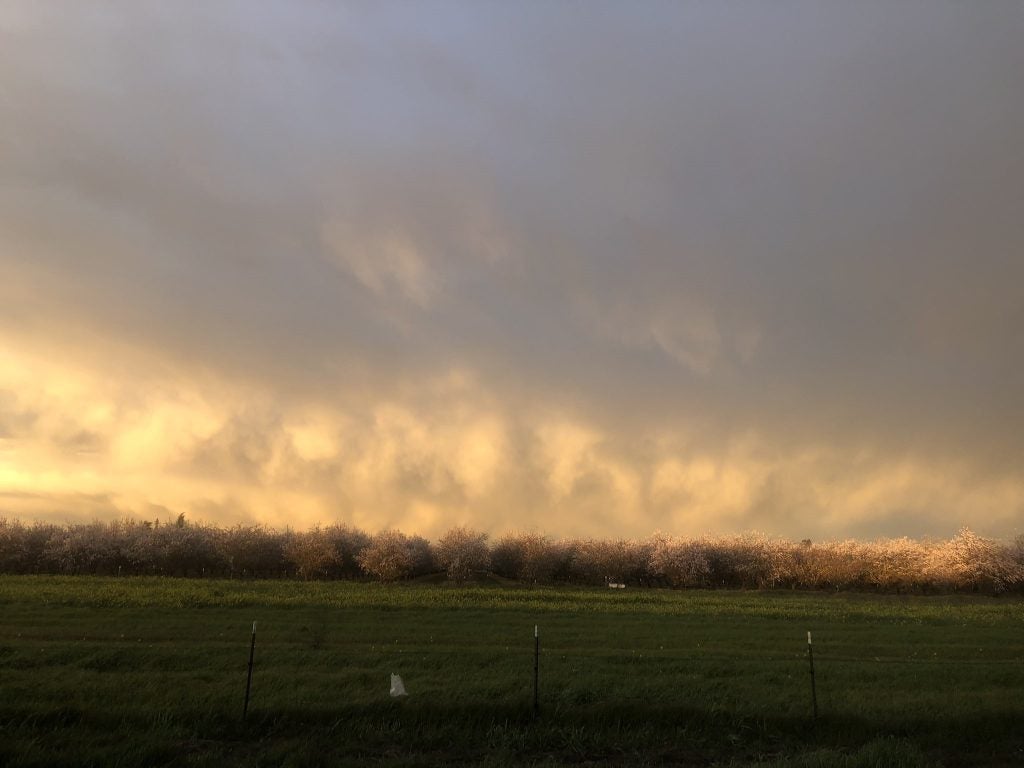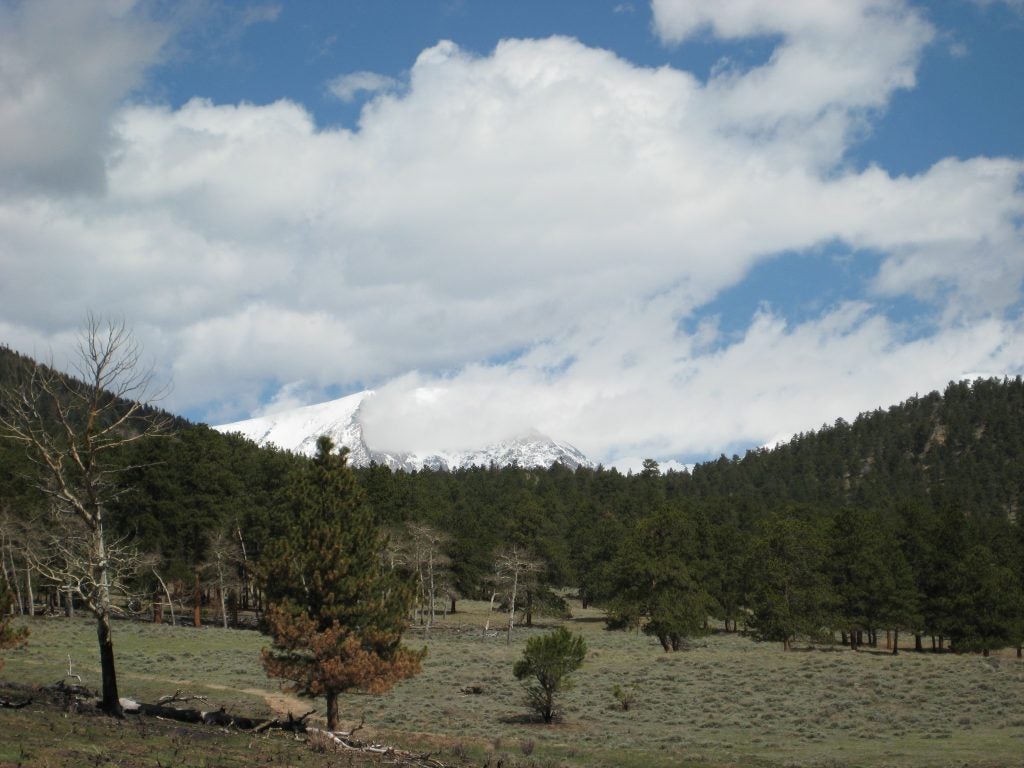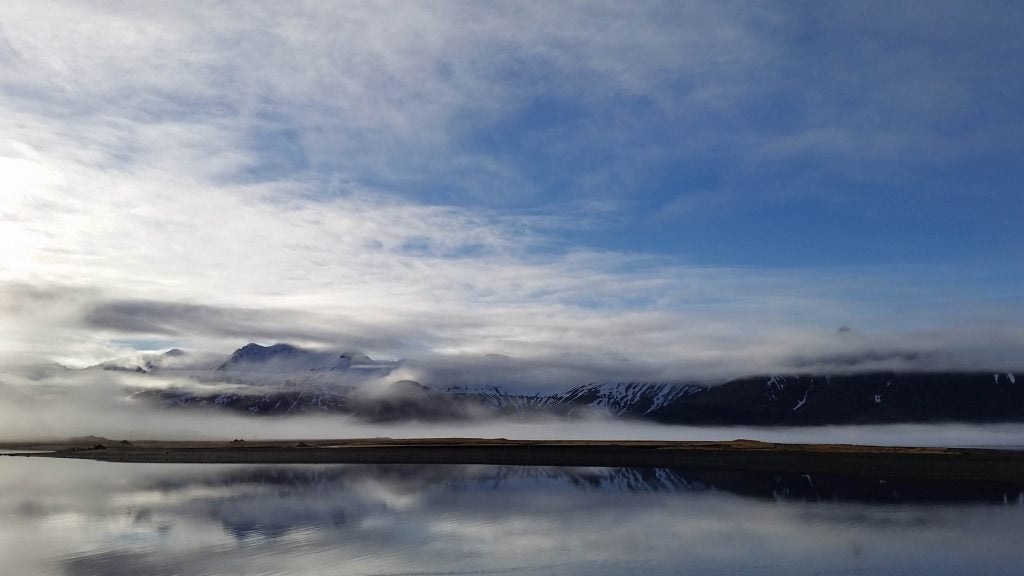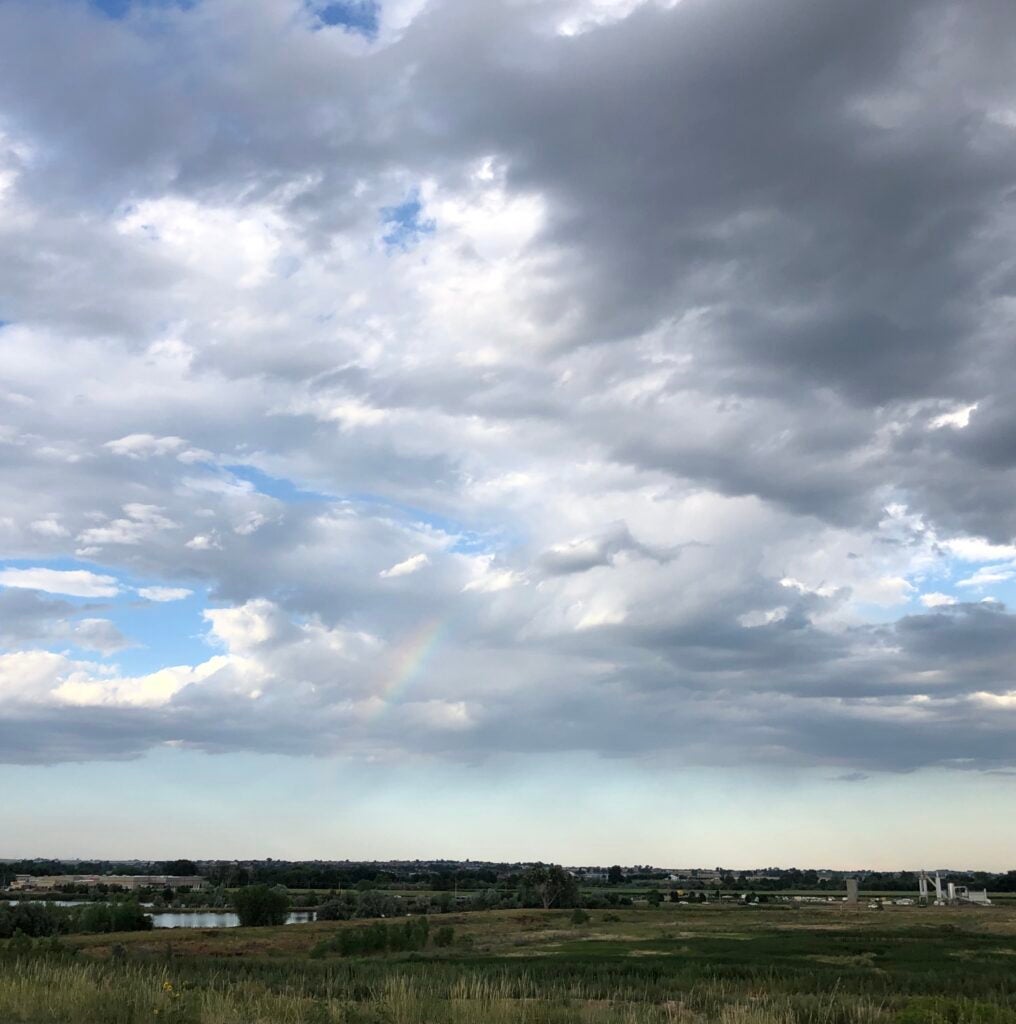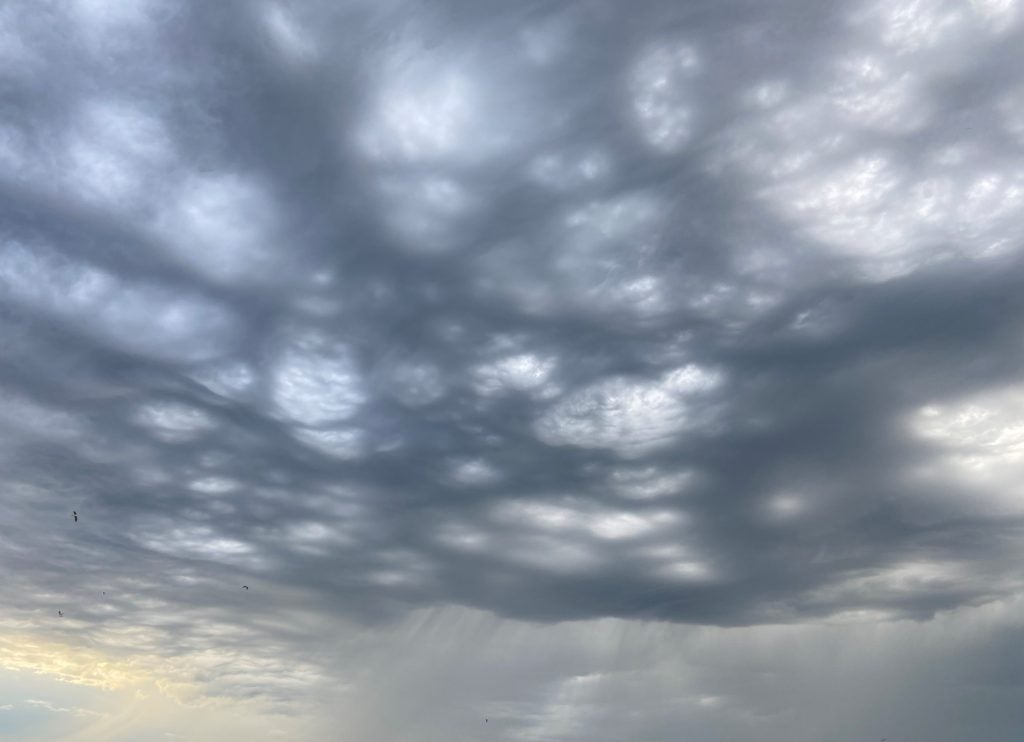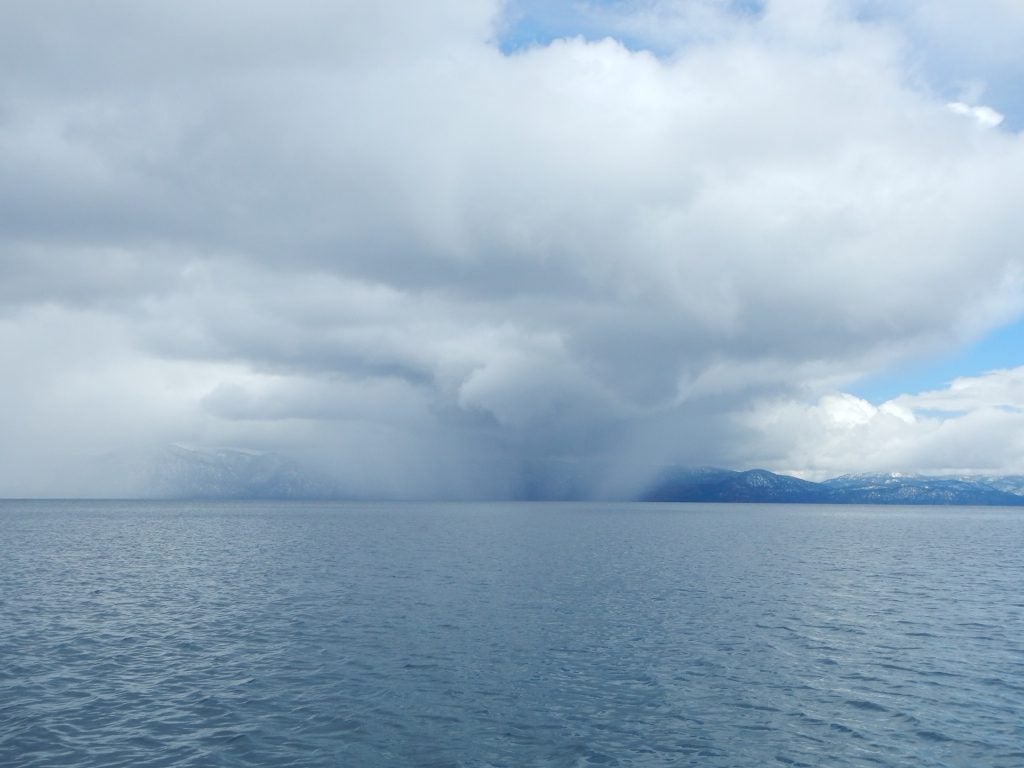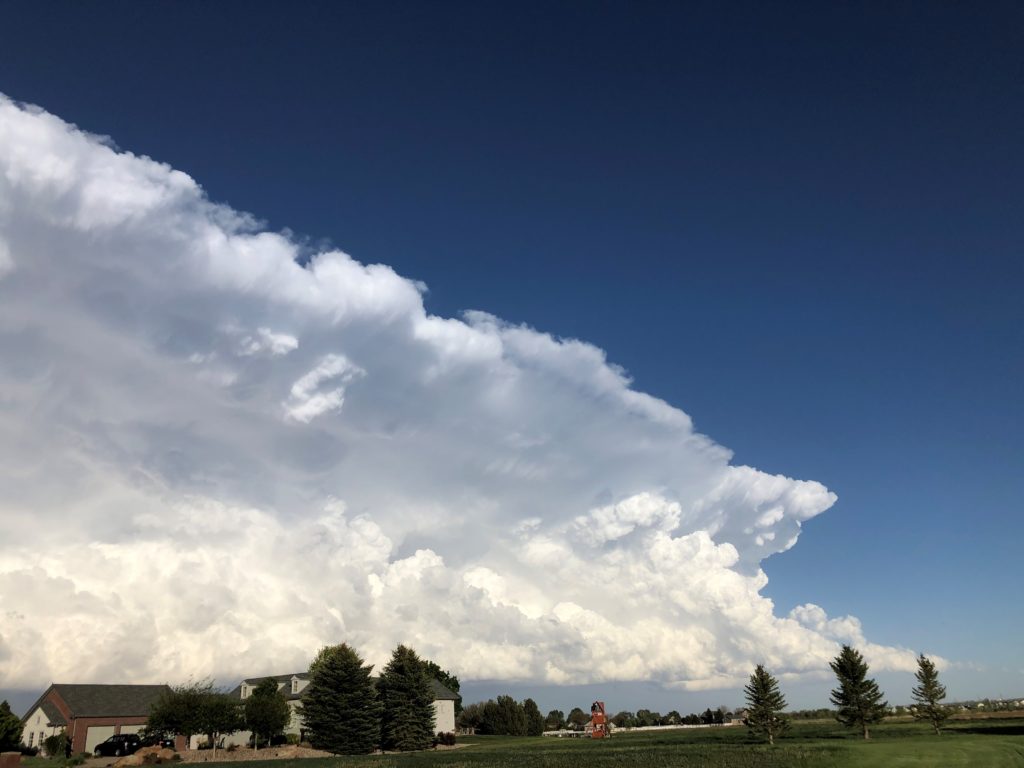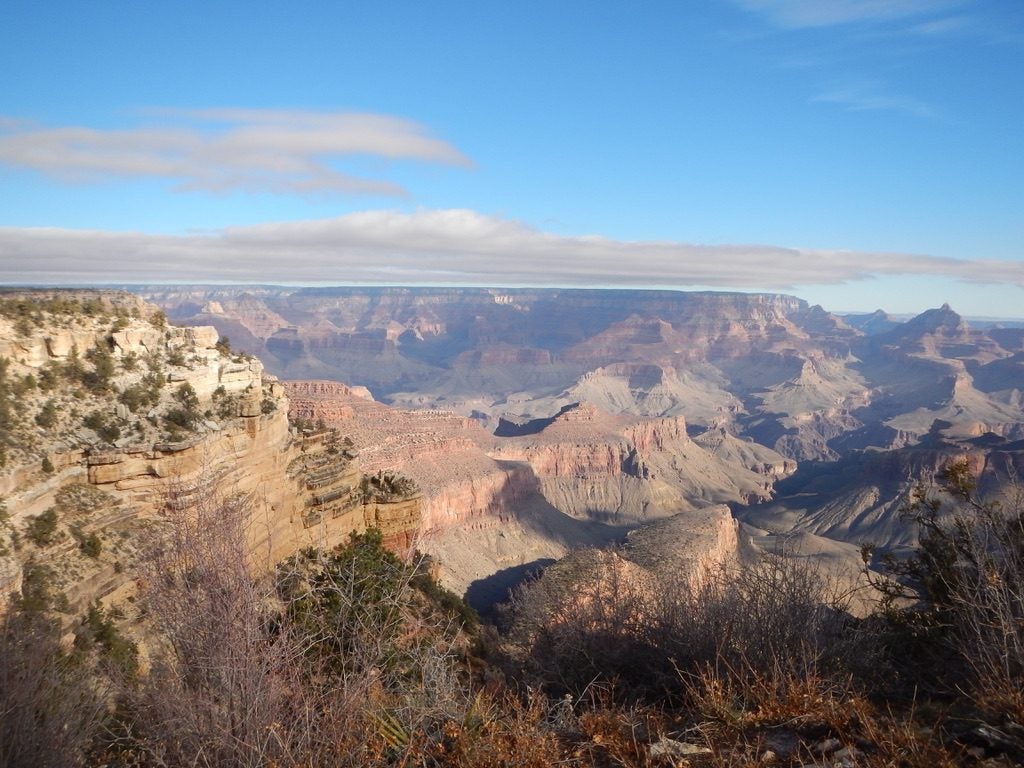A few days ago, a colleague from UCD Mathematics, Joseph Biello (of MJO fame), and I published a paper in npj Climate and Atmospheric Science. It’s available here. We attempted to use well understood aspects of the statistical properties of precipitation to derive a simple model for global precipitation. Then we populated model parameters with data from satellites and from cloud simulations. The nice thing is that our model is analytic, and because its constructed from physically understood pieces, it’s very easy to use as a sandbox. In the paper, we ask what possible future states of precipitation may look like given some arbitrary surface warming. The cool (or not so cool depending on your perspective) result is that many possible future hydrologies are possible. Yet models seems to predict a limited range of possible responses in the properties of precipitation. This could mean two things. 1) There are some consistencies among models that are physically based that we have not identified or 2) the suite of models is not large enough to span the possible responses. My gut feeling is that its probably a little of both. What I think is neat about this paper is that we have created an analytic, data-driven model of the climatology of precipitation properties. We’re hardly the first to do such a thing, but this one is mine.
My Tweets
UC Davis Cloud Library
Archives
- October 2024
- September 2024
- November 2023
- October 2023
- May 2023
- November 2022
- October 2022
- September 2022
- July 2022
- April 2022
- February 2022
- December 2021
- November 2021
- June 2021
- January 2021
- November 2020
- October 2020
- September 2020
- August 2020
- July 2020
- February 2020
- January 2020
- November 2019
- October 2019
- September 2019
- July 2019
- May 2019
- April 2019
- February 2019
- January 2019
- November 2018
- October 2018
- September 2018
- June 2018
- May 2018
- March 2018
- January 2018
- December 2017
- November 2017
- October 2017
- September 2017
- August 2017
- July 2017
- June 2017
- May 2017
- April 2017
- March 2017
- February 2017
- January 2017
- December 2016
- November 2016
- October 2016
- September 2016
